
Lessons learnt and road ahead in 2012
Year 2011 was a challenging year for the Indian real estate sector. It was a year which brought to the mainstream need for policy level changes.

Year 2011 was a challenging year for the Indian real estate sector. It was a year which brought to the mainstream need for policy level changes.
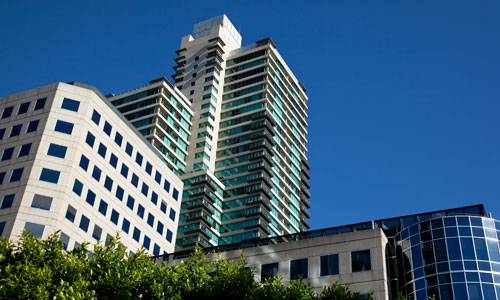
One of the biggest problems afflicting the sector is its high level of debt. The debt load of 11 listed real estate companies stands at Rs.38,500 crore.
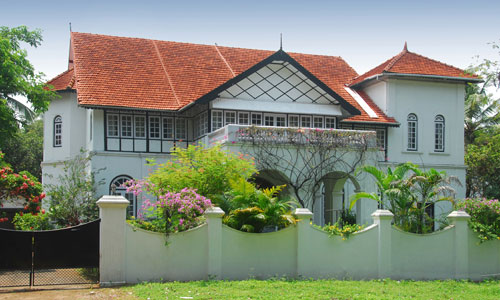
It may be momentary down because of rising interest rate, macro economic hue, affordability issues borne out of demand-supply mismatch and overall market sentiments, but forecast for the residential real estate is definitely robust.
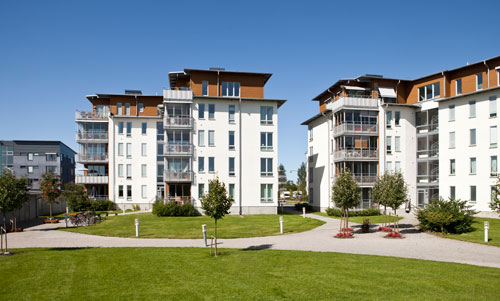
A Knight Frank report suggests revenues of real estate companies have dropped by 19 per cent and profits have declined by 70 per cent, over the past four financial years, since 2007-08.

In the absence of any serious academic research, the sector in terms of brand presence & cutting edge competitiveness has been lacking, to say the least.

DLF now extends its footprints further by launching a plotted development, Hyde Park Estate at DLF New Chandigarh and Park Place, a luxury apartment complex in Jalandhar.
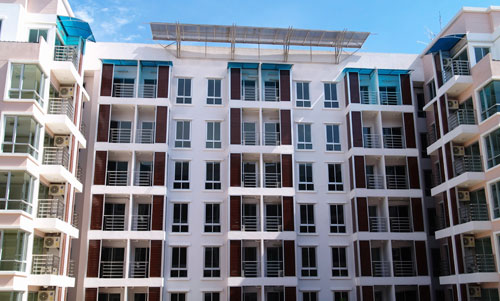
For how long can Indian real estate remain in a state of denial? It is time to get realistic with the ground realities that suggest pre-2007 days are over.
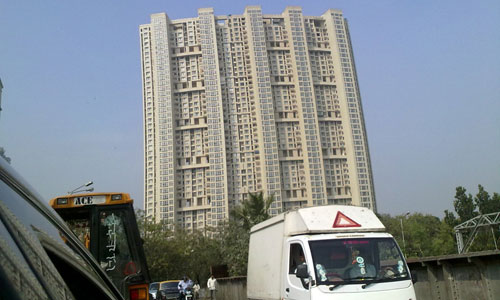
Godrej Properties enters into private equity agreement with SUN-Apollo India Real Estate Fund, LLC acting through its affiliates/companies (SUN-Apollo).
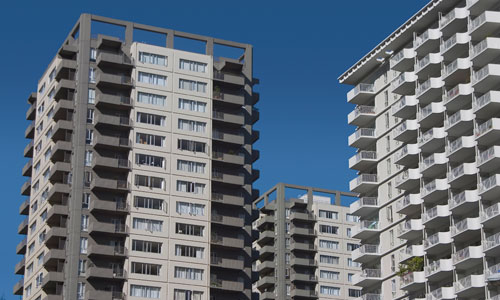
Market forces of demand and supply are the most potent determinants of price and the developments in the real estate industry during year 2011 is the latest example.
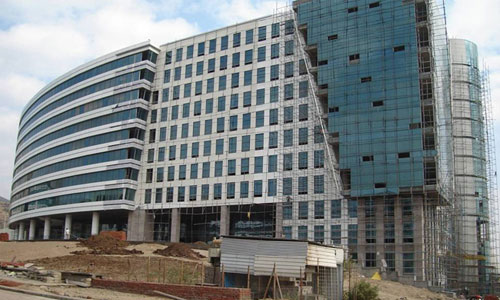
Realty major DLF on Wednesday, Dec 28, announced sale of its information technology special economic zone (IT SEZ) in Pune to Blackstone Group.
